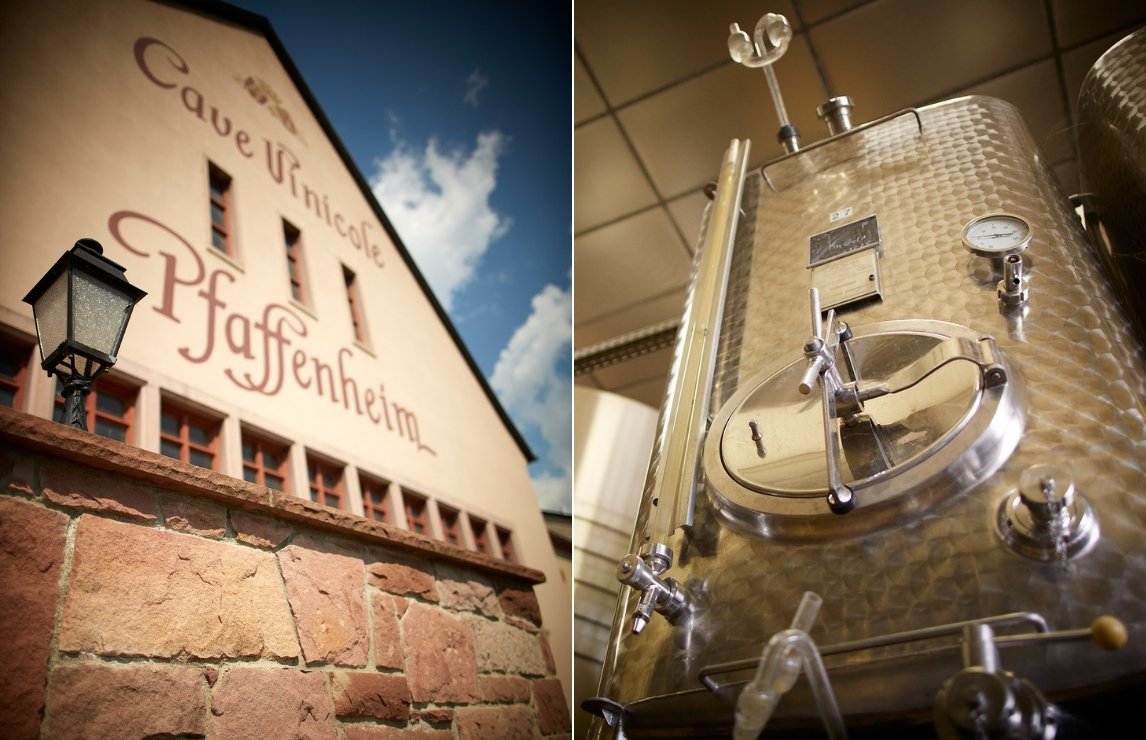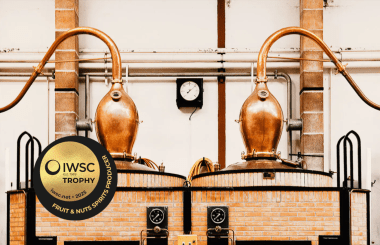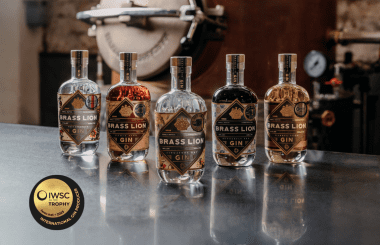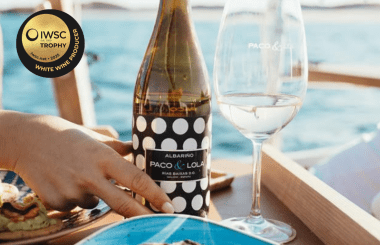Gewurztraminer Trophy winner: La Cave des Vignerons de Pfaffenheim
Gewurztraminer is a grape variety unlike any other. With its arresting aromas of lychees, roses and grapefruit, it is one of the easiest to identify by smell alone, and its heartland is Alsace in eastern France.
Other countries grow Gewurztraminer, but so far none have been able to capture the same intensity as you find in Alsace, where it is is one of four “noble varieties”, including Riesling, Pinot Gris and Muscat.
If you’ve never tried Gewurztraminer before, the dialled-up aromatics provide quite a shock at first. But the best bottles offer more than that – they are serious wines that mature quite beautifully over a decade or more.
One of the finest practitioners of this delightful grape variety is La Cave des Vignerons de Pfaffenheim, a collection of nearly 200 growers and small estates who between them produce 2.5 million bottles each year.
La Cave won plenty of IWSC medals in 2020, but its Cuvée Ancestrum Gewurztraminer 2018 scored an impressive 95/100pts and is also recipient of an IWSC Trophy. The elements that impressed the judges the most was the ripeness and richness, including notes of “candied passion fruit and dried grape” and impressive evolution in the glass.
Here’s Jerome Poisson, Vine and Vineyard Director at La Cave des Vignerons de Pfaffenheim, to explain their approach to wine:
How did you get into wine?
Like many French people, I am a food and wine lover. I am also fond of nature, and I studied life sciences. I got into wine from plant biology and grape-growing as an agronomist. Then I studied winemaking, keeping my feet in the vineyard.
What is your winemaking philosophy?
I have a strong scientific and technical background, but ultimately, wine is to be tasted, so the chemical analysis is not the most important thing if the wine is good. It’s hard work in the vineyard, but less work in the winery.
What is the best piece of advice you have been given and how did you use that in your winemaking?
You will never make a wine better than the grape it came from. We try to select the best vineyard blocks, keep them apart and respect the fruit as much as possible.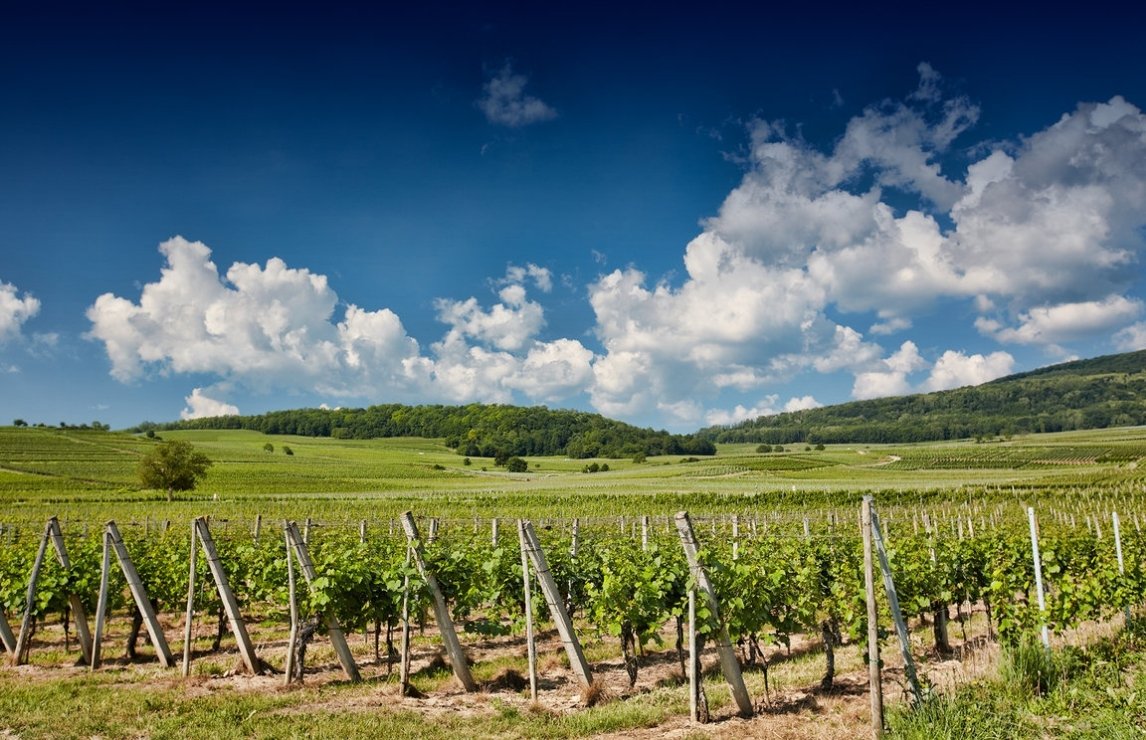
Who or what has been your most important influence and why?
Jacques Begarie, my boss at Casa Lapostolle in Chile, for his passion for wine, his pursuit of detail, and his “vineyard farmer” point of view.
How can people best enjoy your wine?
Always in good company. At La Cave des Vignerons de Pfaffenheim, we have a large portfolio that can provide a wine for every occasion – from a fruit-forward, easy wine to share during an appetizer to a very precise Grand Cru that shows all the complexity of our terroirs to pair with a refined dish.
